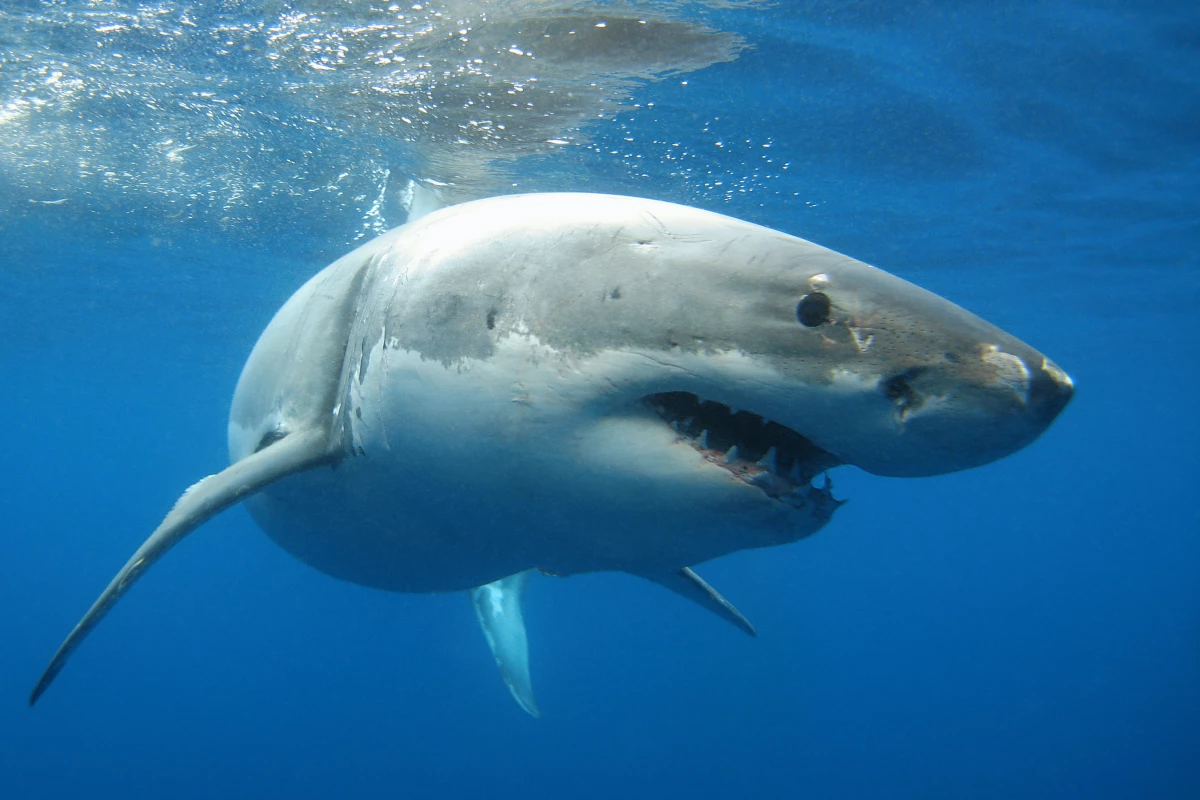Although the great white shark is one of the ocean's top predators, it's still considered a vulnerable species. Now, for the first time, scientists have discovered what is claimed to be a prehistoric nursery site for the sharks – and it could have implications for protecting them today.
Led by University of Vienna paleontologist Jaime A. Villafaña, an international team of scientists recently conducted a statistical analysis of 2 to 5 million-year-old great white shark teeth found in several sites along the Pacific coast of Chile and Peru. The teeth are typically all that remain of deceased prehistoric sharks, due to the fact that the animals' cartilaginous skeletons don't fossilize.
Based on the dimensions of the teeth, the scientists were able to estimate the body sizes and thus ages of the great whites they came from. One Northern Chilean location – an area known as Coquimbo – had the highest percentage of young sharks, the lowest number of adolescents, and a complete lack of adults.

This finding strongly suggests that the site was a nursery, where adult sharks protected babies from predators until they were large enough to fend for themselves. Although such nurseries still exist now, this is reportedly the first time that one has been discovered dating back to prehistoric times.
Its location is particularly noteworthy, as that area would have had a much warmer climate when it was being used as a nursery. According to the researchers, this suggests that as global warming causes present-day ocean temperatures to rise, great whites could respond by moving their nursery sites accordingly.
"If we understand the past, it will enable us to take appropriate protective measures today to ensure the survival of this top predator, which is of utmost importance for ecosystems," says U Vienna paleobiologist Jürgen Kriwet: "Our results indicate that rising sea surface temperatures will change the distribution of fish in temperate zones and shift these important breeding grounds in the future."
A paper on the research – which also included scientists from Costa Rica, Chile, the UK and US – was recently published in the journal Scientific Reports.
Source: University of Vienna





